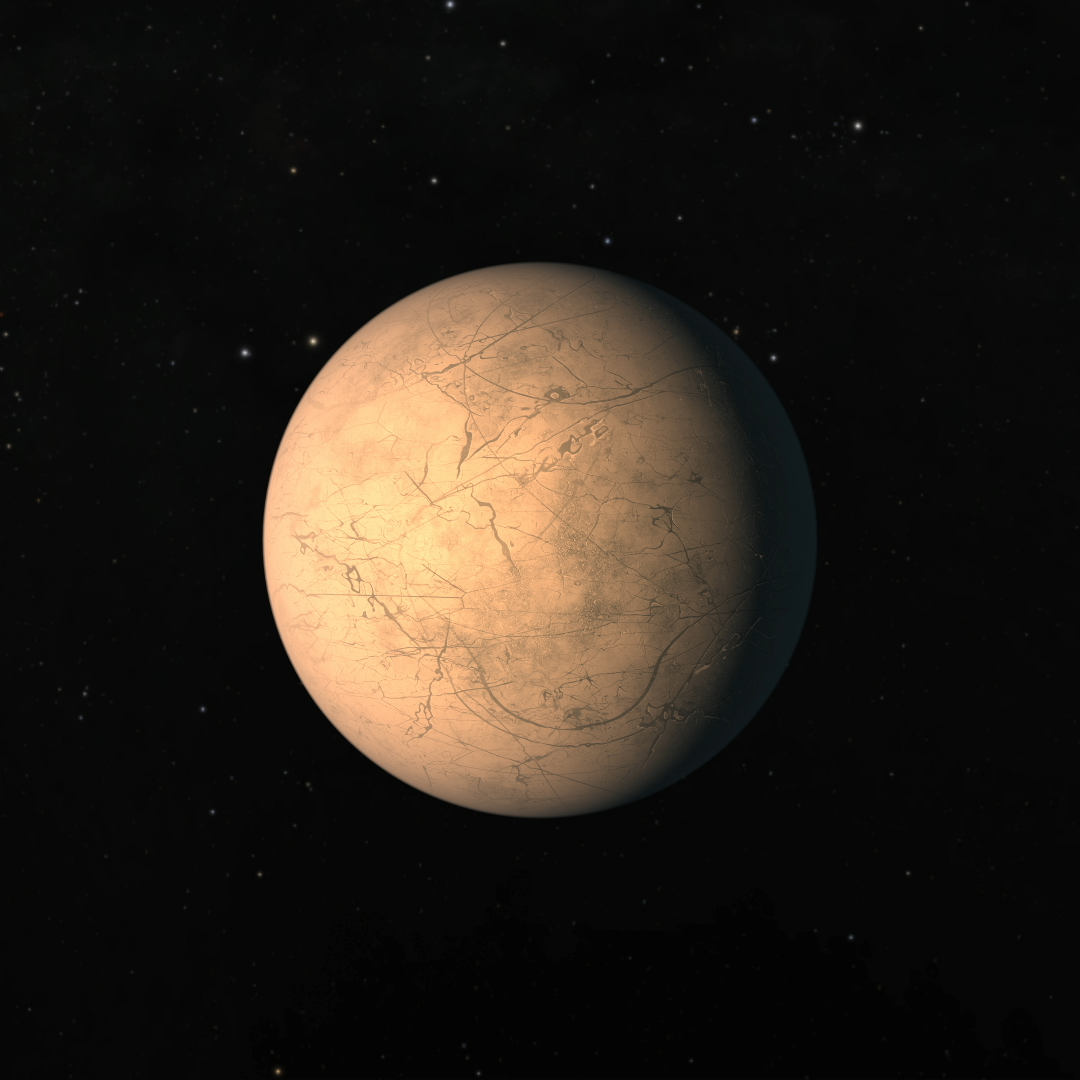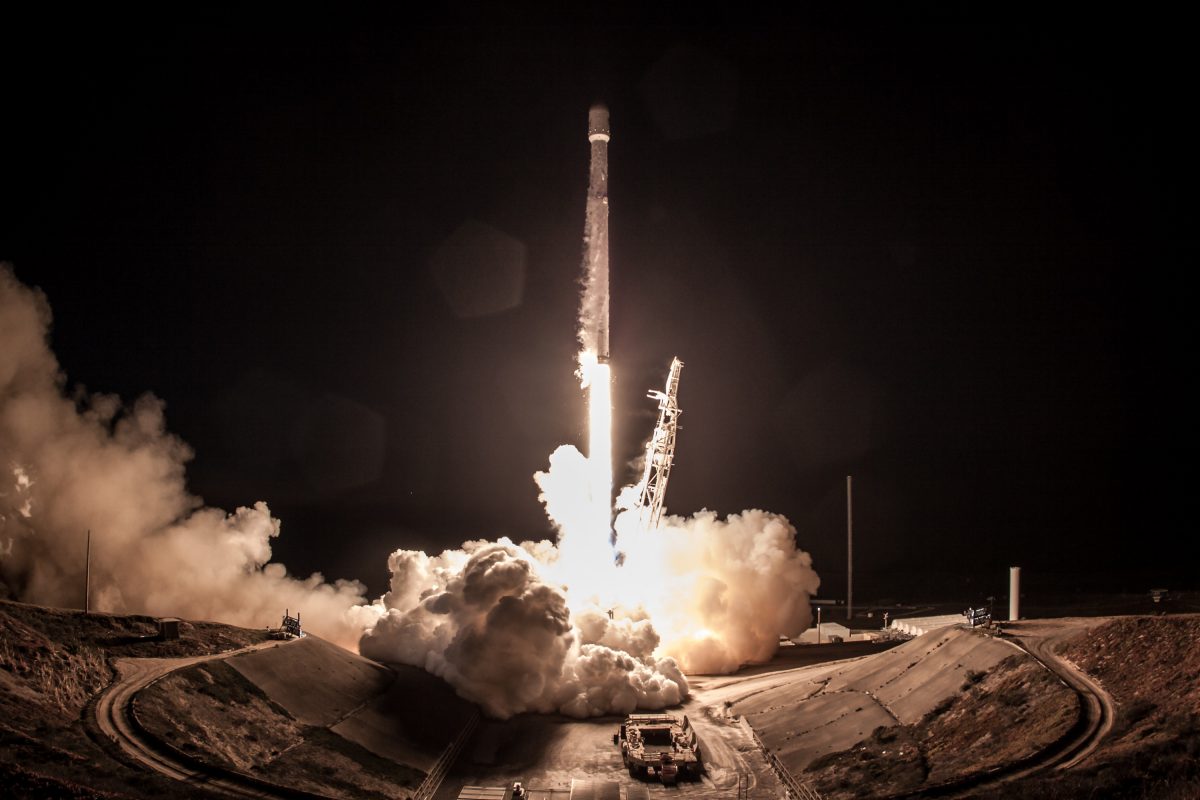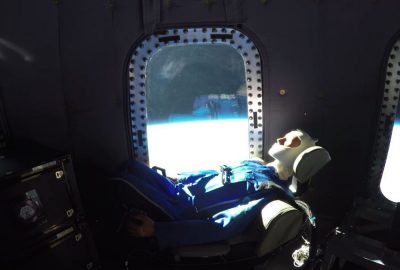Ever since NASA announced that they had found a whole solar system of exoplanets that they believed to be similar to Earth they called TRAPPIST-1, I have been dreaming about the day humans can travel to live there. Since the discovery of the seven planets, scientists are trying to learn as much as they can about the solar system. Yesterday, NASA released new information about TRAPPIST-1’s outermost (and least understood) planet, TRAPPIST-1h.
Scientists don’t know a considerable amount about the planet. They do know that TRAPPIST-1h lies six million miles from the solar systems cool dwarf star and receives the same amount of energy that the dwarf planet Ceres, located in our solar system in the asteroid belt between Mars and Jupiter, does from our sun. This means that it is likely that the planet is too cold to host life as we know it and is beyond the designated “habitable zone.” However, what scientists did not know was the length of the planet’s orbit.
In February, scientists were only able to estimate the duration of the planet’s orbit around the sun. However, astronomers from the University of Washington were able to use data from the Kepler spacecraft to confirm that Trappist-1h orbited the star every 19 days. This confirmation is a bit astounding to scientists since “things are almost never exactly what you expect them to be in this field,” said doctoral student Rodrigo Luger from UW in Seattle. Though NASA does not mention why knowing the orbit of the planet is helpful, it does illustrate just how small the TRAPPIST solar system is if it only takes 19 days for the farthest planet to orbit the sun.
This discovery is a collaborative effort by many scientists working on both the K2 missions and the TRAPPIST-1 exploration. Thomas Zurbuchen, associate administrator of NASA’s scene Mission Directorate at Headquarters in Washington stated that these findings are “a great example of how the scientific community is unleashing the power of complementary data from our different missions to make such fascinating discoveries.”
This might not seem like Earth-shattering news, but when you stop and think about it, it really is! Scientists are discovering and exploring a new solar system that could possibly host life. The more we find out about it, the closer we can come to potentially living there. The very existence of TRAPPIST-1 encourages us to keep exploring the universe.

Written by Staff Writer Becca Brunner
Becca is a recent college graduate who lives in Tampa, Florida. From a young age, she has been fascinated by the stars and how beautiful the universe is. When she’s not writing for our blog, she can be found reading the latest YA novel, catching up on Dr. Who, or just hanging out with friends in coffee shops.
Photo Credit: NASA









